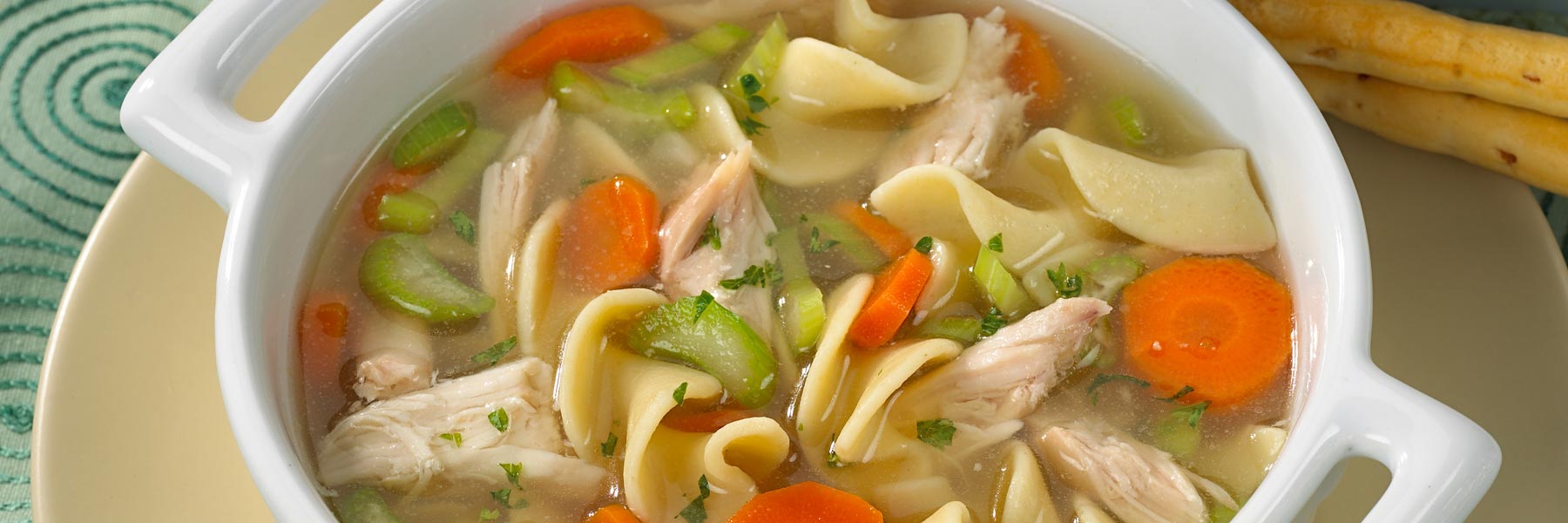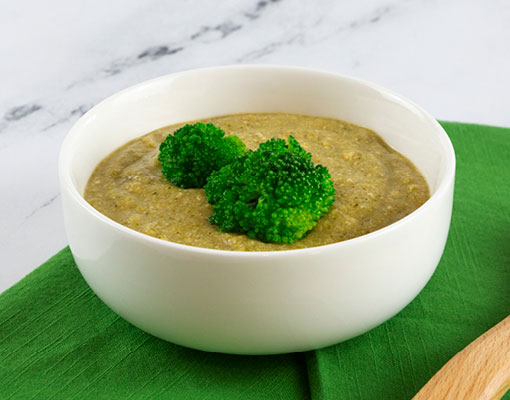Ingredients
- 1 tablespoon olive oil
- 1 pound pork loin
- 1/2 cup onion
- 1 garlic clove
- 28 ounces canned white hominy
- 4 ounces canned diced green chiles
- 4 cups low-sodium chicken broth
- 1/4 teaspoon black pepper
Preparation
- Cut pork into 1-inch pieces. Chop onion and garlic. Drain and rinse hominy.
- Heat oil in a skillet over medium heat and brown pork pieces for 3 to 4 minutes.
- Add onion and garlic to skillet. Sauté until onion is tender.
- Add remaining ingredients and simmer for 30 to 45 minutes until meat is tender and flavors are mixed.
- Add water if more liquid is needed to make a soup.
- Serve with desired toppings such as shredded cabbage, radishes, cilantro, lime or tortilla strips.
Helpful hints
- Count liquids in fluid allowance.
- 1 to 2 tablespoons red chili powder may be substituted for green chiles.
- *For CKD non-dialysis diets with protein restriction, decrease pork or beef in this recipe. Ask your dietitian for guidance on the amount best for your diet.




